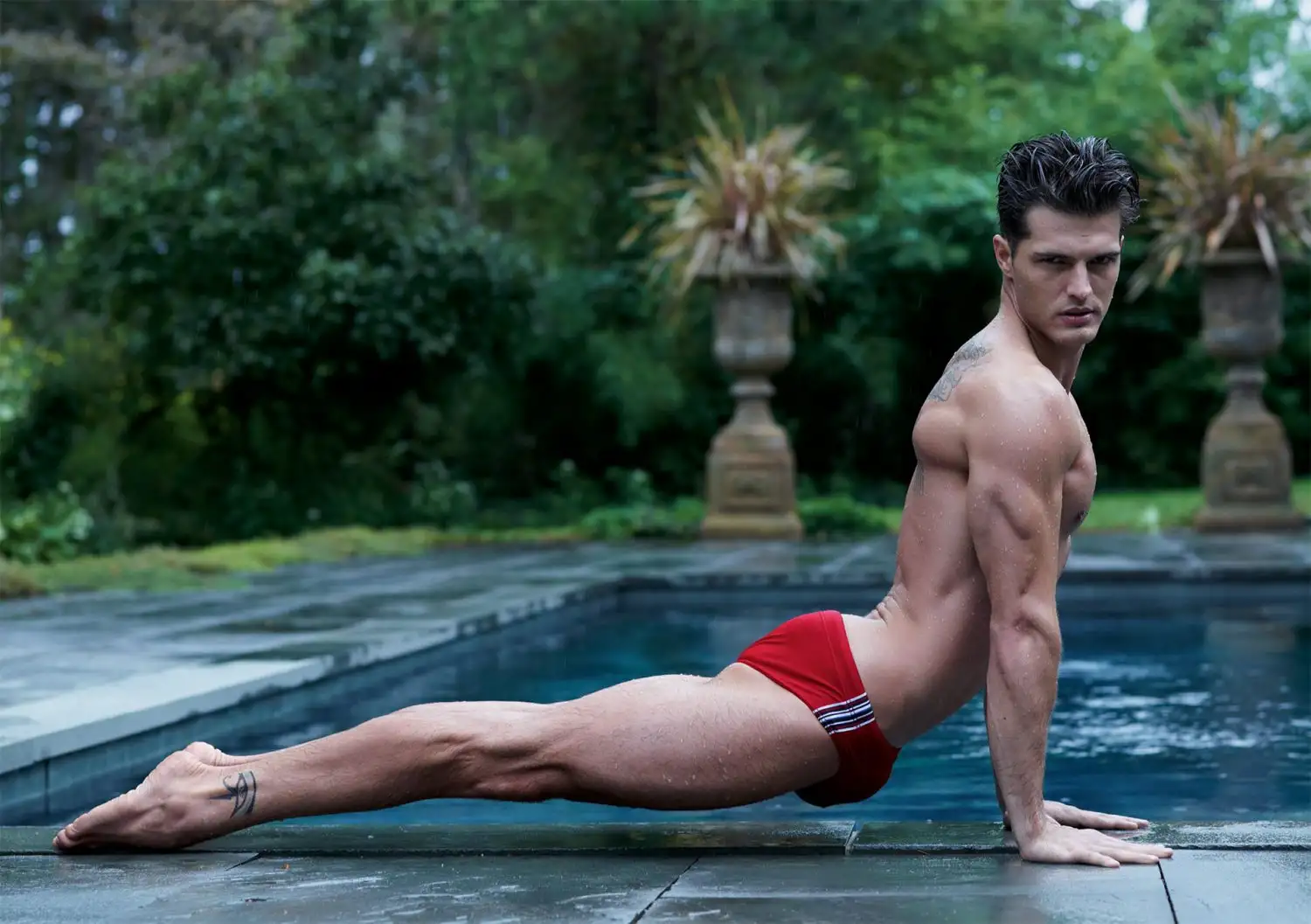In the never-ending quest for the flawless form, we often ask ourselves, “When is enough enough?” This question is at the core of “When Is Enough Enough? The Pursuit of Curve Perfection,” a captivating essay that delves into the world of aesthetic achievement and the balance between satisfaction and obsession. Drawing from both artistic and scientific perspectives, the article explores how this quest for the perfect Curve has shaped our understanding of beauty, creativity, and the human spirit. As we delve into the complexities of the search for perfection, let this article serve as a playground for the imagination, provoking thought, and offering fresh insights that challenge the status quo.
Table of Contents
- 1. Defining the Elusive Curve Perfection: Exploring the Complexities of Body Ideals
- 2. The Ongoing Quest for Harmony: Mindfulness and Self-Care in the Age of Social Media
- 3. The Downside of Pursuing Perfection: The Problematic Impact on Mental Health and Confidence
- Closing Remarks

1. Defining the Elusive Curve Perfection: Exploring the Complexities of Body Ideals
In this analysis, we delve deep into the world of body ideals, seeking to understand the elusive concept of perfection. The reasons behind social constructs of beauty transcend cultural and geographical boundaries, making it all the more intriguing to unravel. We approach the subject with a critical lens, examining the factors that contribute to these ideals, and the impact they have on our self-esteem and mental health.
Some of the driving factors behind these body ideals include:
- Social Media Influence: The ever-present force of social media has played a significant role in shaping our ideas of beauty. Perfectly groomed vacation pictures and Photoshopped celebrities have become the new standards that we strive to achieve.
- Advertising: The world of advertising employs endless strategies to manipulate the way consumers perceive products. From airbrushing to photoshop, images are carefully crafted to present the ideal, unattainable body.
- Genetics: Our genetic makeup plays a crucial part in our physical traits. However, genetics should not be the sole determinant of our self-worth or the “ideal” body type, accessible through diverse and inclusive forms of media representation.
Despite the complexity and influence of these factors, it is crucial to recognize that the pursuit of perfection is subjective and unique to each individual. Realizing the impact of these expectations, it is imperative to promote a healthier approach to self-esteem and personal wellbeing. By embracing the diversity and beauty of every body, we can foster a more accepting and inclusive society.

In this fast-paced, technological era, we often get lost in the endless loop of social media interactions. The constant stream of news, opinions, and judgments can often lead to feelings of disconnection, stress, and burnout. However, the pursuit of harmony and self-care should not be underestimated.
- Mindfulness practices can help cultivate awareness and empathy, creating a higher level of understanding and compassion. Examples of mindfulness exercises include meditation, breathing exercises, and body scans, which can be practiced anywhere and at any time.
- Self-care strategies are essential for maintaining mental and emotional balance. Some self-care techniques include setting boundaries with others, expressing your feelings openly, and engaging in activities that bring you joy and relaxation. Additionally, incorporating healthy habits into daily life, such as exercise, proper nutrition, and adequate sleep, can contribute to long-term mental well-being.
As social media platforms continue to evolve, it is crucial to remember that they can either enhance or hinder our connections with others. Embracing mindfulness and self-care can lead to greater harmony in both our personal and professional lives. By regularly practicing these techniques, we can narrow the gap between our online and offline experiences, fostering genuine connections and promoting overall well-being.
3. The Downside of Pursuing Perfection: The Problematic Impact on Mental Health and Confidence
The Pitfalls of a “Must Be Perfect” Mentality
Perfectionism, although it sounds desirable, can have significant and potentially harmful consequences on an individual’s mental health and self-confidence. When people constantly strive for perfect outcomes, they can experience various negative effects. For instance, these may include:
- Chronic stress and anxiety: Continuously comparing oneself with an unattainable standard can lead to heightened feelings of stress and anxiety, making it difficult to relax and enjoy life.
- Low self-esteem: With an emphasis on winning and achieving the best possible outcome, it becomes increasingly difficult to accept less than perfection. This can result in negative self-talk and a decline in self-esteem.
- Critical self-judgment: Perfectionists are often their harshest critics, holding themselves to unrealistic standards. This constant pressure can lead to a cycle of negativity and self-doubt.
In order to maintain healthy mental well-being and a positive self-image, it’s crucial to adopt a more balanced approach to achieving goals. By recognizing the value in imperfection and focusing on personal growth, individuals can cultivate healthier attitudes and a more fulfilling lifestyle.
Closing Remarks
As we wrap up our exploration of the enigmatic world of curve perfection, we must acknowledge that the pursuit of perfection is a never-ending journey, with no definitive end in sight. No matter how many techniques or tricks we unearth, there will always be a desire to improve and mold the ideal ideal. While this eternal quest may drive some to the brink of obsession, it also fuels a tireless dedication to mastering the craft and pushing the boundaries of what was once considered possible.
In conclusion, the lesson learned from this pursuit of perfection is understanding that it is not merely an achiever’s compulsion, but also an instrument of self-improvement. Continuously striving for excellence and perfecting our craft can ultimately lead us to a greater understanding of our art and enrich our lives in the process.
So, as we close these pages on the world of curve perfection, let us remember to embrace the journey and not become too fixated on the outcome. For in the end, what truly matters is the passion and dedication we bring to this exquisite dance of creation, and the beauty that flows from our singular pursuit of curve perfection.









